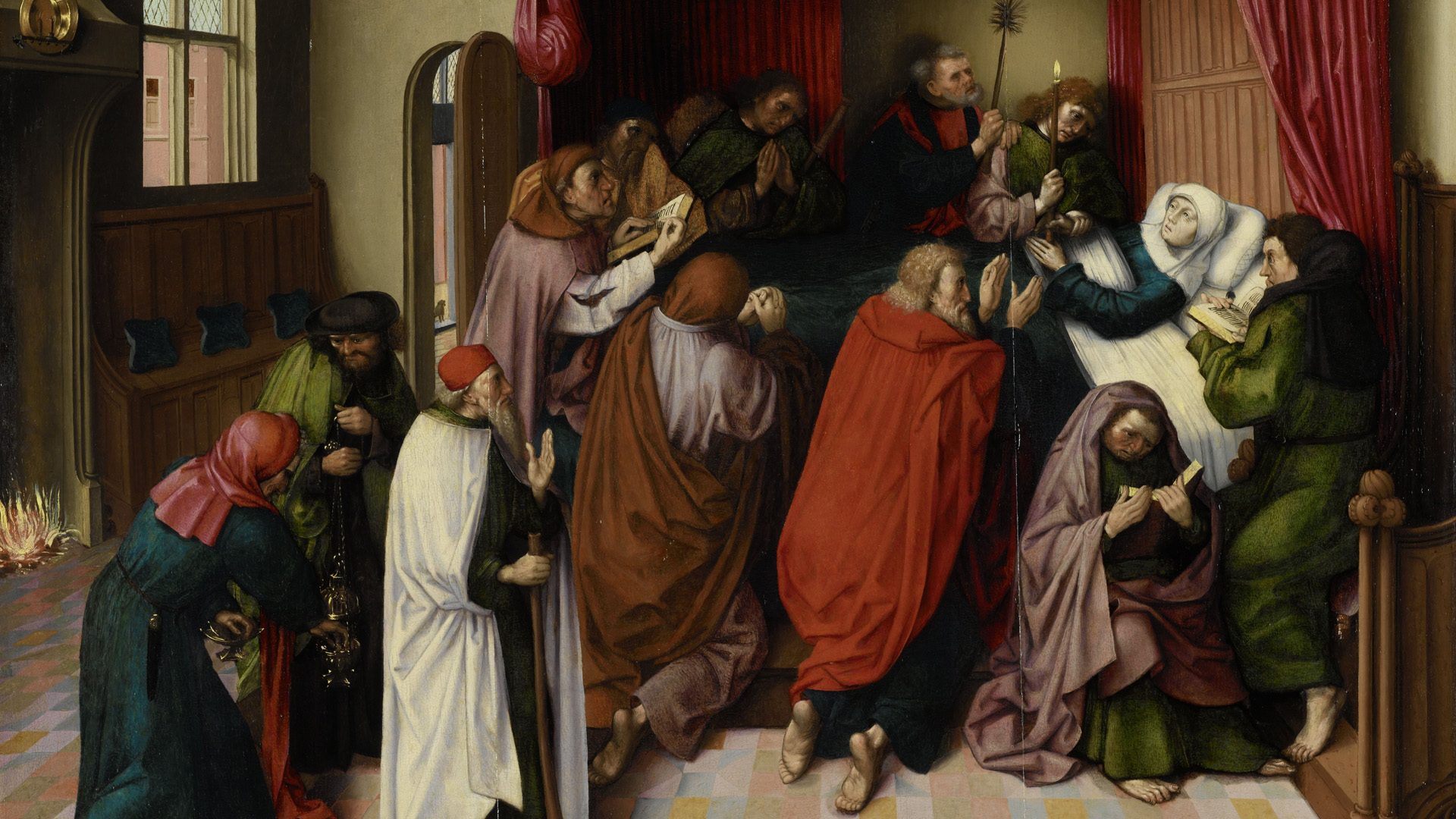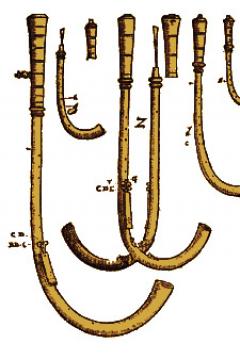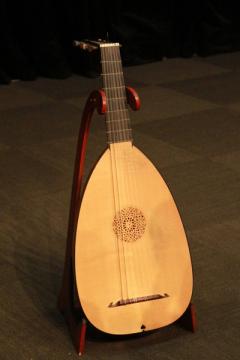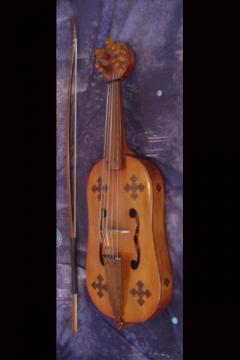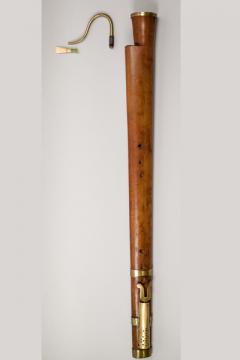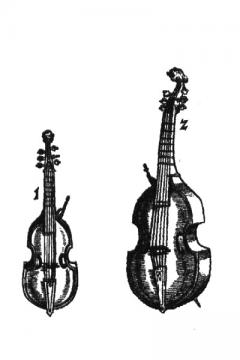Renaissance era
Lumen valo, vocal ensemble.
Sigillum 2010.
After the Middle Ages, plague-ravaged Europe got back on its feet thanks to the economic drive of northern Italy and the Hanseatic cities. Culture and commerce mixed as wealthy families became patrons of the best and the brightest in art and science. In a dizzying era of voyages of discovery, printing, Reformation and the discovery that the Earth revolved around the Sun, humanism became a leading cultural force. Whereas people in the Middle Ages had focused on what was right from the religious point of view, in the Renaissance the focus shifted to what was beautiful. A free, civilised person was the new ideal for the upper classes, and specifically their ambition was the rebirth (which is what renaissance means in French) of the civilisation of Ancient Greece.
Man is the measure of everything. –Protagoras
Pepin the Short, King of the Franks (714–768), wished to standardise the monophonic chant used in the liturgy of the Church, and therefore it had to be written down. This led to the development of neumes based on Gregorian chant, and over the next few centuries, by the time of the Renaissance, music notation as we know it to day had largely developed. Polyphonic music could not have evolved without musical notation, because in music with many parts it is essential to know the exact timing of each note.
The tenor (from the Italian tenere, ‘to hold’) is the high male voice that in early polyphony ‘held’ the cantus firmus or melody, around which the other parts were shaped. The bass (from the Italian basso, ‘low’) is the low male voice that is under the tenor, and while the alto (from the Italian alto, ‘high’) is today the low female voice, it used to be a high male voice, hence the name. The alto is above the tenor, and the soprano (from the Italian sopra, ‘above’) is the high female voice that is above all the others.

